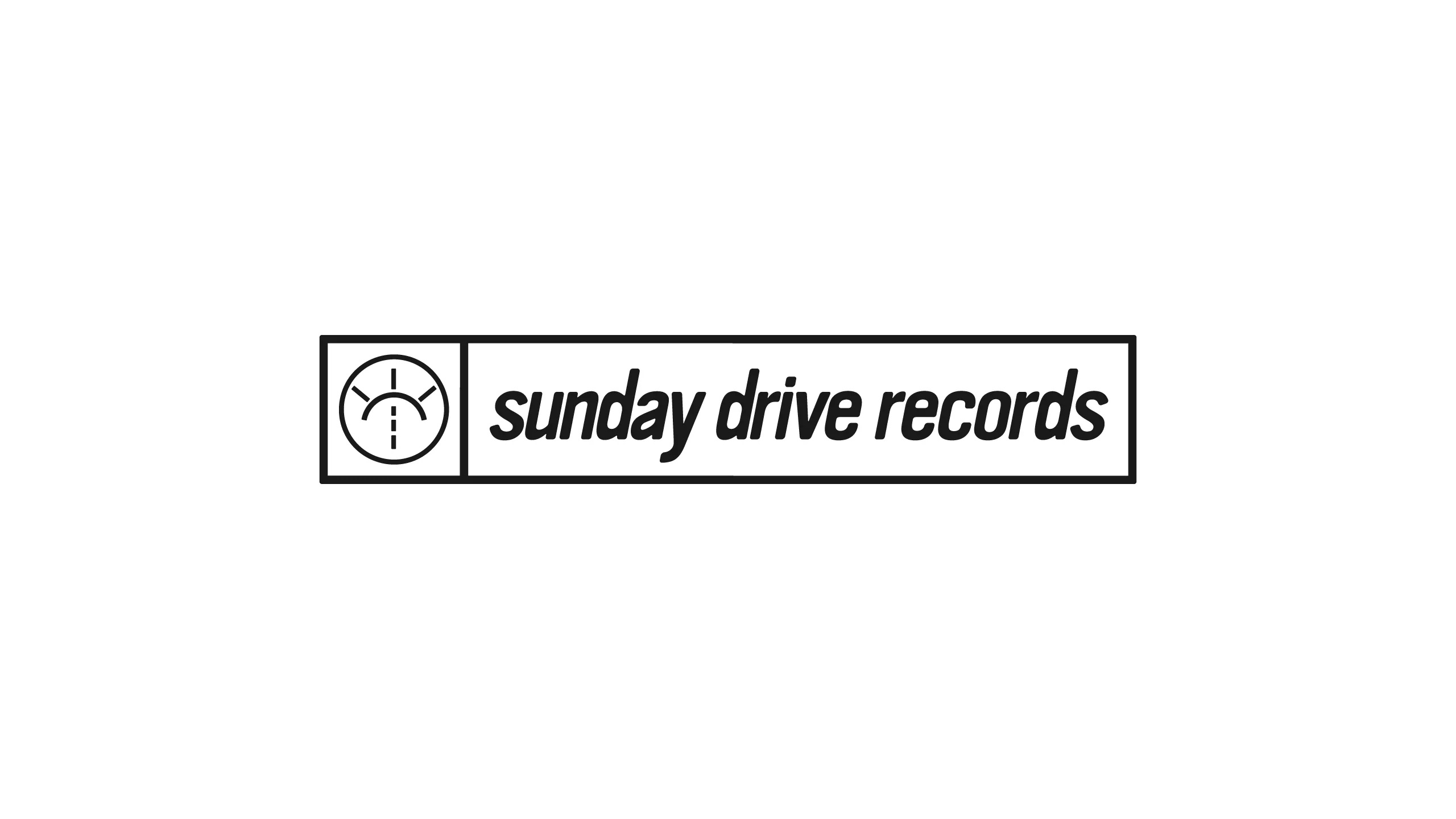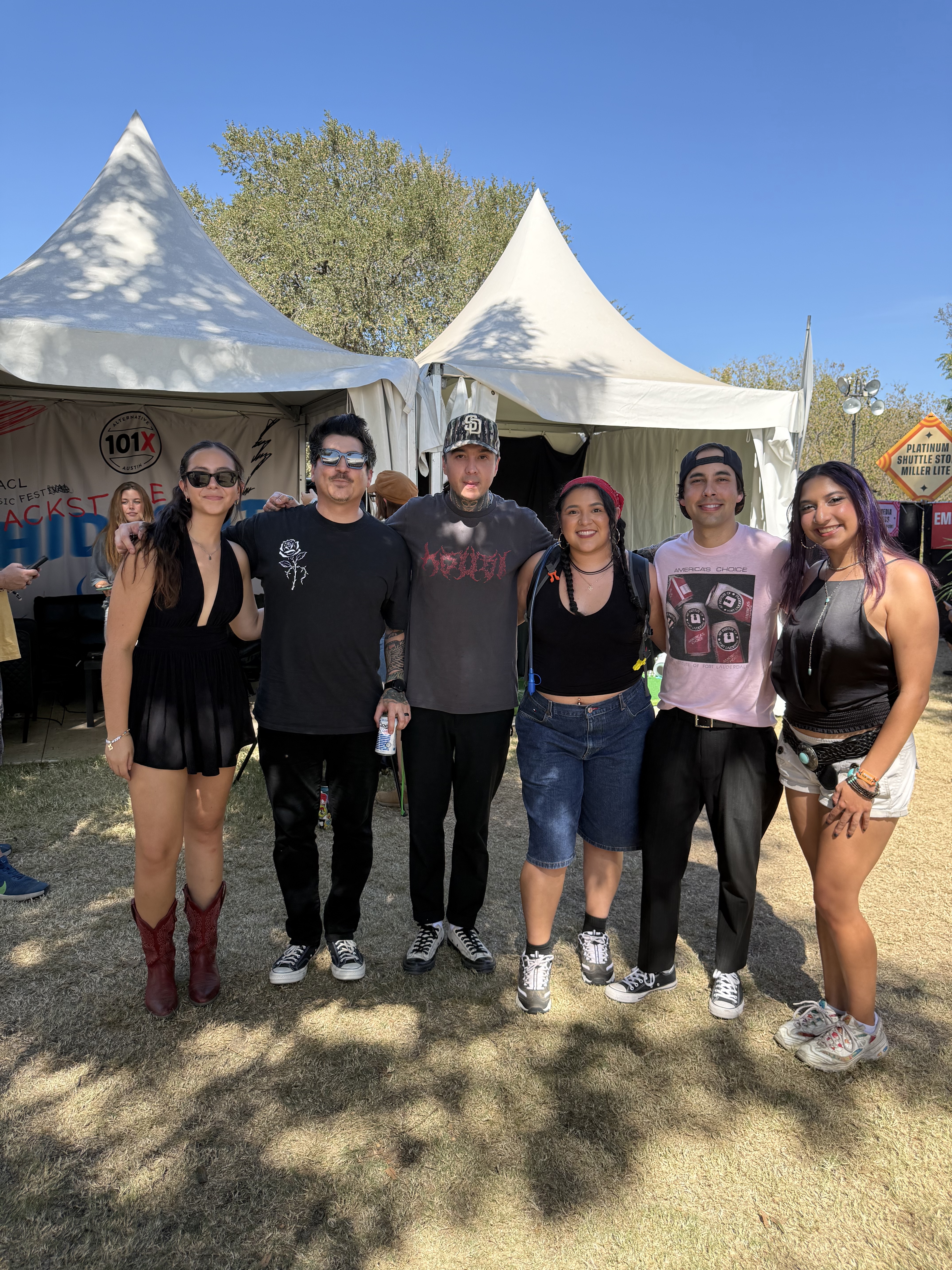The Importance of Reading into Music
It was the beginning of my senior year of High School and in my English class we were reading Ralph Ellison’s
Invisible Man
. The prologue of the book featured an unnamed protagonist listening to Louis Armstrong’s Black and Blue while smoking a joint in his hidden NYC hole of a home. My teacher had shown us a video of Armstrong performing this piece in Berlin with a sheet of lyrics in front of us. The author very clearly points out society’s mistreatment of him based purely on the color of his skin:
Cold empty bed, springs hard as lead
Feel like Old Ned, wish I was dead
All my life through, I’ve been so black and blue
Even the mouse ran from my house
They laugh at you, and scorn you too
What did I do to be so black and blue?
I'm white - inside - but that don't help my case
Cause I can't hide what is in my face
How would it end? Ain't got a friend
My only sin is in my skin
What did I do to be so black and blue?
Sidenote: This song was performed by Louis Armstrong but was originally written by Fats Waller, Harry Brooks, and Andy Razaf.)
In class, I was always the kid who asked too many questions. I remember specifically asking, “People like Louis Armstrong were popular with white people too, right? If white people were going to concerts like his in the 40s and 50s, did they just not listen to the lyrics, or did they choose to ignore the message because it was easier to follow the status quo?” I was so puzzled that people could hear his music but not listen to his message and do something about it. It took a bit longer before I realized I had fallen victim to the same trap.
I feel like I need to make a distinction between listening to music and
listening
to music. The first is the passive activity of popping some earbuds and turning on some jams for your daily soundtrack. I call this passive listening. The latter is when your focus is on the music, the beat, melody, chord progression, and most importantly the lyrics - active listening. In order to understand an artist’s message, active listening is required.
I was never too keen on Hip-Hop. I didn’t give it the time of day and kind of wrote it off as substance-lacking party music. This was until one of my best friends, dorky as hell like me, showed me King Kunta, a jazzy, bubbly rap song by Kendrick Lamar about Kunta Kinte from
Roots: The Saga of an American Family
. It was at this point I started listening to Kendrick myself with
To Pimp A Butterfly,
an album that had been making quite an impact online and had been getting phenomenal reviews. It had a great beat and the sound was so diverse and jazzy that it kept me interested.
There was something deeper here though. I recognized this as Kendrick began to rap about being institutionally trapped in Compton, revenge sex, corruption by power and to my surprise, God. As I began reading the lyrics, interviews, and commentaries, I discovered that there was so much here: corruption by fame, police brutality, self-hate, hypocrisy, greed, compromising morals, misuse of influence, and falling short of God’s plans. All of these things came together to craft literature. Sure, it was presented in the form of a rap album, but it came from his heart. Every line of this album is filled with references to African-American literature, metaphors, self-reflection and discovery. All of this culminates in Kendrick’s message for the racially tense America of 2015. The title,
To Pimp A Butterfly
finally made sense to me. Kendrick had a message for America, in the same way that Harper Lee had a message for an even more racially divisive America 55 years earlier, the classic
To Kill A Mockingbird
.
A personal favorite track of mine from
To Pimp a Butterfly
is “How Much A Dollar Cost”. Kendrick is confronted by a homeless man at a gas station who asks him for a dollar. Before he had acquired fame, money, and power, he would’ve had empathy for the man. However, this is a new Kendrick whose fame can get him whatever he wants; he’s forgotten his roots as a good kid trapped in the mad city of Compton. Kendrick denies the man the dollar and tries to drive off. The man reveals to Kendrick that he is God, and that the dollar was a test. How much does a dollar really cost?
He looked at me and said, "Know the truth, it'll set you free
You're lookin' at the Messiah, the son of Jehovah, the higher power
The choir that spoke the word, the Holy Spirit
The nerve of Nazareth, and I'll tell you just how much a dollar cost
The price of having a spot in Heaven, embrace your loss. I am God"
However, without active listening this entire message will be missed, and the album goes from literature to just some good beats. This is why it is so important to not just listen to music, but to
listen
to it. Kendrick’s newest album,
DAMN.
has gotten incredibly popular, and I’m sure is blasting in a club right now. It’s filled with all of its own stories, themes, and a message as well. So next time you find yourself jamming to “DNA.” sit down, be humble, and ask yourself,
are you really listening?
More Like This
MORE FREQUENCY





